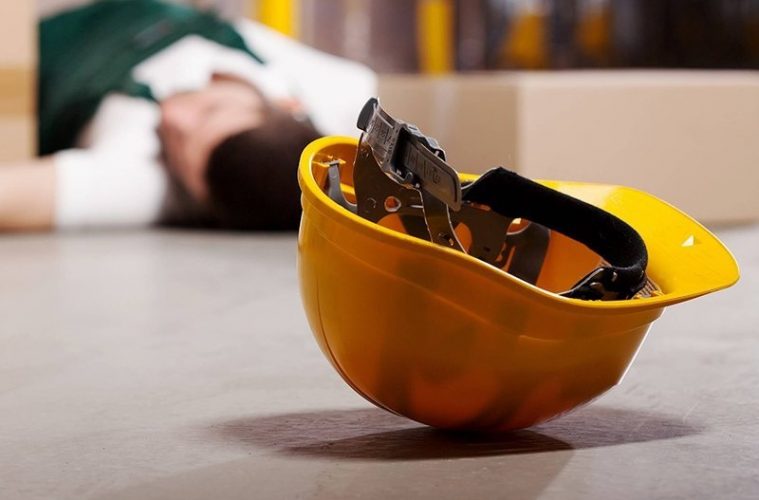The Safety Maintenance Company delivers world-class H&S training services for businesses all over the UK. We began this company with the intent to broaden horizons and transform Health & Safety in the workplace. As a family business, we have always stood for excellence, and you can count on us to deliver. With a team of experienced trainers taken from multiple industries, our expertise allows us to give customers the best experience money can buy. So get in touch! Discover what we can do for you. For more information, visit https://www.thesmcl.co.uk/.
For us, the key to incomparable H&S practices is knowledge. Your employees will be Health & Safety masters once we’re through with them. They will be able to support your business from all angles, covering your backs against accidents and unexpected mishaps. In today’s article, discover how to avoid some common workplace hazards. You never know when you might need to use what you learn here.
Forgetting the Housekeeping
One of the most serious problems affecting companies throughout the UK is clutter. Imagine. It’s the end of the day, and all that cardboard is still there, blocking the fire exit. Maybe there’s a spill that nobody cleaned up. Don’t want to take the cardboard out to the recycling bin? Don’t want to mop up that spill? Leave it till tomorrow then. Someone else will do it, right? Wrong. It may seem unimportant, but big things have small beginnings. Blocking fire exits under any circumstances is a no-go for Health & Safety. It’s poor housekeeping such as this that leads to serious accidents and injuries.
Equally, another commonplace work hazard is overstacking. Warehouses can be dangerous places, and it’s critical for you to maintain safe working practices for the good of your employees. Trying to fit too much on warehouse shelves is both dangerous and unadvised. The excess weight could easily lead to objects falling and injuring someone below. This is especially pertinent for warehouses with very high storage racks. Similarly, shelves are likely to collapse if you overfill them, so take care to avoid this.
Working at Height and Operating Machinery
Working at height is one of the primary industries requiring Health & Safety training. If you’re not qualified to operate that forklift, then don’t. The same goes for that crane or mobile elevated platform. By putting yourself at risk, you also put others at risk as well. Your workplace should be a team, so play by your team’s rules. Forklift-related accidents are surprisingly common in the workplace, especially in warehouses and construction sites.
The key to maintaining great Health & Safety standards while at work is not to take shortcuts. Rules and regulations are in place for a reason. By cutting corners, you may think you’re making your job easier, but you’re increasing your chances of accidental injury. So don’t overload your forklift as it could topple over if you’re not careful. Always keep your attention fixed in front of you, or you might end up veering off to the side and crashing.

